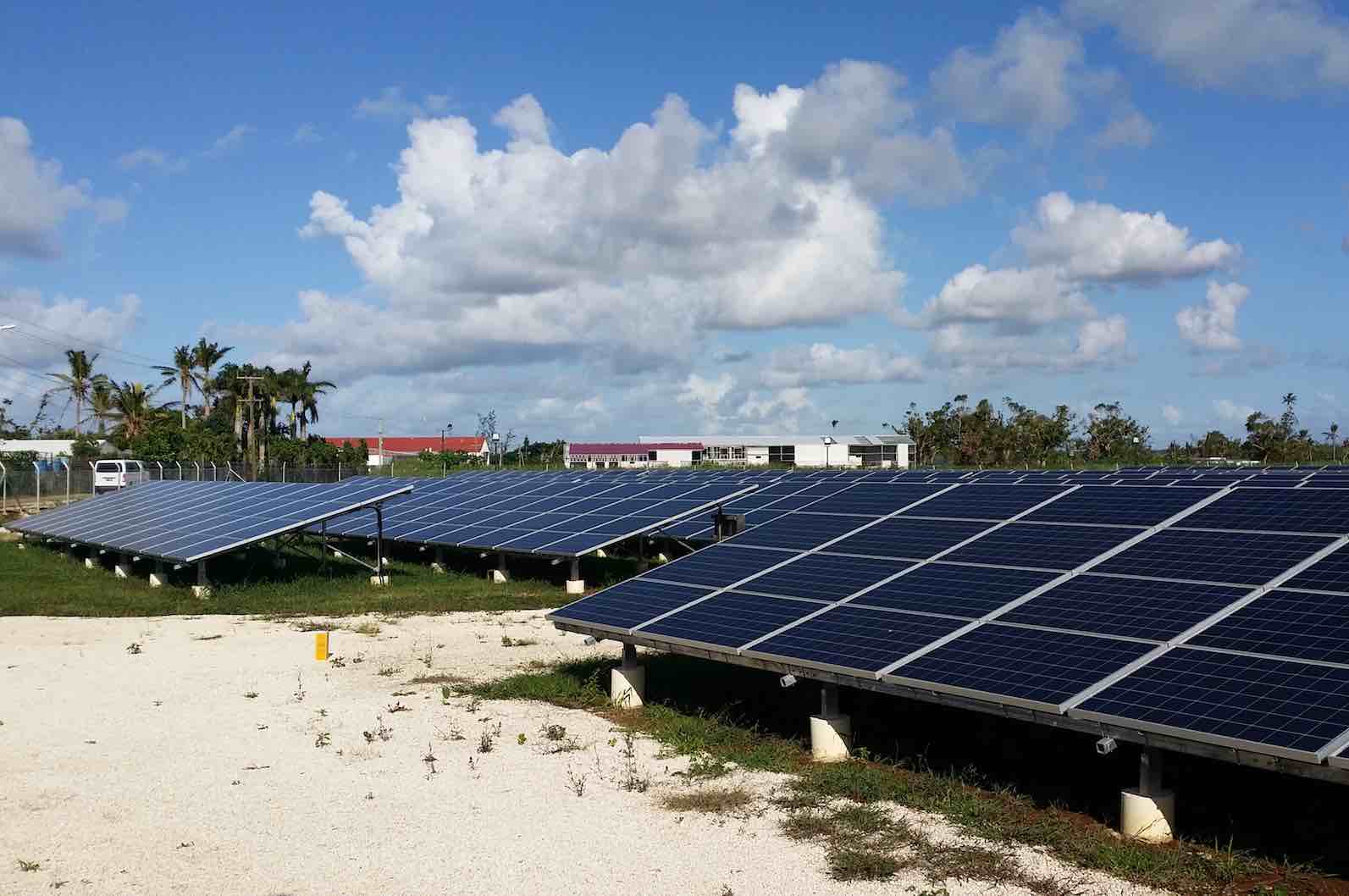Tonga is a Polynesian country known for its beautiful beaches and crystal-clear water. But the country currently relies on diesel for power generation; about 80 per cent of its energy comes from this source.
This will soon change, with engineering firm Arup working with the country’s electricity provider, Tonga Power Limited (TPL), to transition Tonga to greater levels of renewable energy sources, helping reduce the country’s vulnerability to oil prices and improve the economy and environment.
Through a Renewable Energy Roadmap, Arup is looking to achieve 58 per cent renewable energy generation by 2020, and has modelled a 91 per cent figure for 2030. Tonga’s goal had been to achieve a 50 per cent target by 2020.
Arup’s solution includes plans to create a hybrid solar, wind and battery energy storage solutions microgrid on Tongatapu, the main island.
The right combination
The firm initially started by looking for a grid of the future, and assessing the country’s consumption patterns and how, factoring in population growth, they would look over the next 15 years.
“We then did numerical modelling to work out … how much wind resource was required, how much solar we could possibly get during the daytime, and how much battery storage is required, if we wanted to minimise diesel generation on the island,” says Merrill Lee, Energy Advisory Leader at Arup.
“After we modelled what was available, we used the levelised cost of energy as a key metric.”
This helped to ascertain which combination of renewables, over the course of a year, would result in the most economical energy mix.
In order to reach the 2020 target proposed by Arup, the energy grid would require an additional 4 megawatts of solar, 2.2 megawatts of wind and 26.3 megawatt hours of energy storage to provide balance and the necessary resilience. Arup estimates that such a system could reduce the levelised cost of energy by around 25 per cent.
Island challenges
Implementing renewables has been challenging with Tonga’s geography — Tongatapu has an area of just 260 square kilometres.
“The main island of Tonga is not geographically large. If you have a cloud that covers half of a solar plant, for example, then how do you compensate for the sudden drop in generation?” Lee says.
“How do you also then account for the fact that a place like Tonga has cyclones coming through regularly on an annual basis?”

Tonga’s cyclones can be devastating, with one this past February leaving tens of thousands of people without power.
That means the country’s power generators need to be able to be brought quickly online again. It also limits how much renewable power can be generated through wind and solar.
The team is considering how to take advantage of the existing energy grid, where to place battery storage and how much is required to balance out the grid.
“With the battery storage, the question was, do we actually look at placing the batteries at the renewable energy plants, do we look at placing them closer to the main centre, or do we look at a hybrid between the two?” Lee says.
“That’s a question that we’re still working on, and it’s a big question, because if we think of Tonga as an island that needs to have quick disaster recovery, based on the annual cyclones, the question that we’re trying to work out would be, ‘Where is the best place for these batteries, together with the renewable generation that is available, so that it can bring the grid up and running in a quick, smart manner?’”
Reliable technology
Some of the options the team is considering are lithium batteries, as well as a flow battery-lithium battery hybrid.
While he hasn’t ruled out any new technology that might emerge during the energy plan, Lee says, “I think new technologies are exciting, and they open up new avenues, but what we also needed to consider is what you can actually put in place that has sufficient maturity so that there is sufficient expertise and it’s within the cost constraints”.
“You can install a really cutting-edge hybrid generation of storage source, but if it is subject to extra pricing and added technical complexity, then it presents different challenges for the operator or the owner of the asset,” he added.
While the technology is a key component in Tonga’s transition to a renewable future, Lee says the project is also about providing assets that are resilient and that can help reshape the economy.
For example, there are expected to be positive flow-on effects in terms of skills and better opportunities for tourism and agribusinesses.
“When we take on this project, it’s not us coming into another project and disappearing. It’s working hand-in-hand with all of the key stakeholders making sure that they’re the clear winners of what it takes to get a set of assets like these up and running,” Lee says.
“Importantly, how we can then create an enduring legacy with these assets such that, when the external consultants walk away, the client is able to then take ownership of it and continue to run the next 25 years.”



